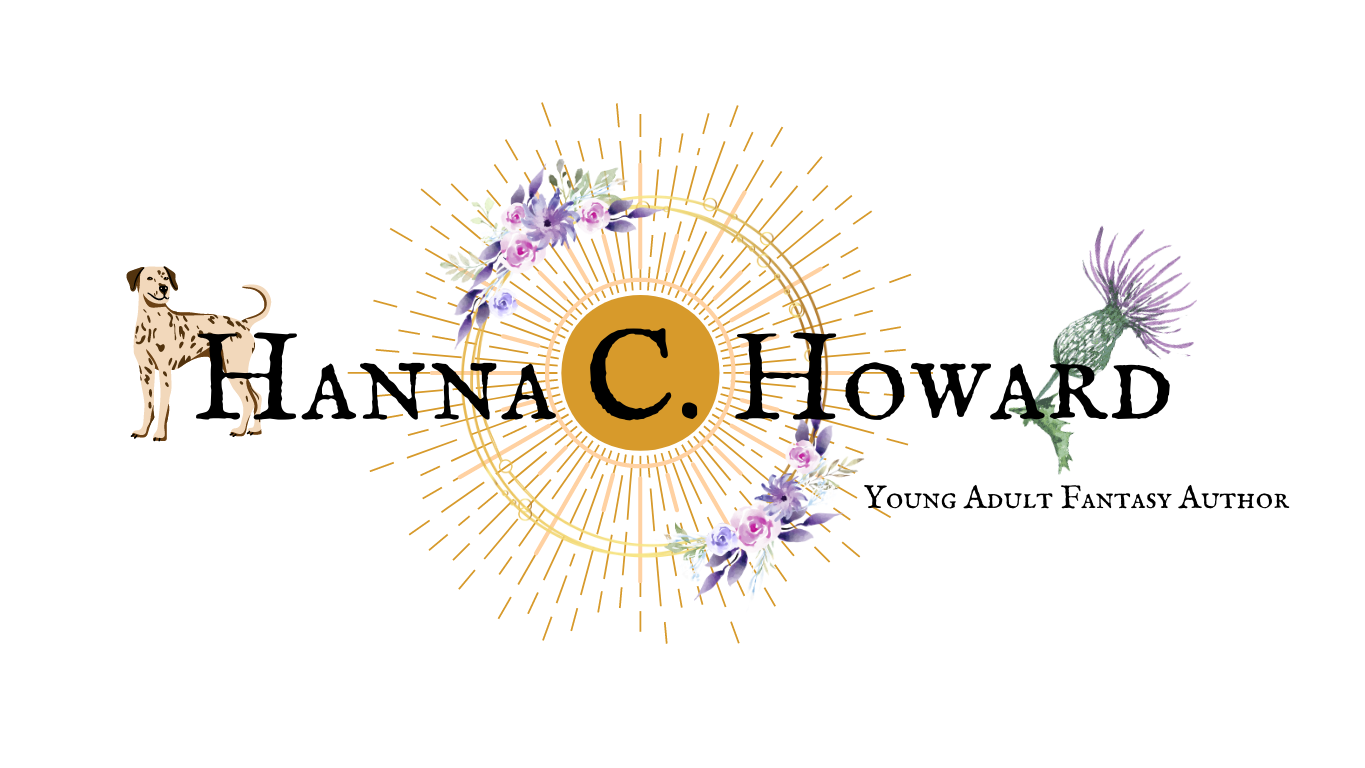There is an episode in one of my favorite TV shows in which a time-travelling madman with a box declares, “We’re all stories in the end.” Put in broader terms, you might say that every person has a story, which is an idea most of us have probably considered before. Only lately, however, have I begun to realize that every book has a story, too—and I don’t mean the one that’s printed on its pages.
My debut, IGNITE THE SUN, is due out from BlinkYA/HarperCollins in August of 2020. And as I approach its release into the wild, I find myself looking back on its journey with amazement. It has been a long one—almost a decade in total—and very hard at times… but also, I think, beautiful. I have spent nearly a third of my life plodding alongside this book on its way, and as I prepare to share it with you, oh world, I find that I want to tell you a little of what the journey has been. So here it is in three parts, each its own distinct and dissimilar story thread, none more intrinsic to the finished result than the others.
Part 1: The Darkness
I started writing the book in January of 2011. During a two-week long Oklahoma blizzard. While I was lost in a howling wilderness of clinical anxiety and Seasonal Affective Disorder.
It was not my first book. I had completed four others before it, most of which were too terrible to let anyone read—though one had nearly landed me a literary agent. But none of them had been written in the pit of anxiety that I knew this one would have to be. I had only had my first panic attack two months before, on the first day of NaNoWriMo in November of 2010, and intervening weeks were a blur of dread and darkness as I struggled to come to grips with a new normal that was thick with crippling anxiety.
The snow storm came then, as snow storms never do in Tulsa: huge and swirling and Narnian, and covered our city so thoroughly that businesses across town shut down for two solid weeks. I suddenly found myself with whole days to myself, and so while my roommate and a neighbor spent the days binge-watching The Girl with the Dragon Tattoo, I spent them drafting a book about sunlight, darkness, and magic. The story was a lifeline out of my own darkness, and also a way to process it. I set it in a world that hadn’t seen the sun for more than fifteen years, and gave it a protagonist who was as oppressed by her surroundings as I was by the turmoil inside me. The Darkness became representative of my own anxiety and depression.
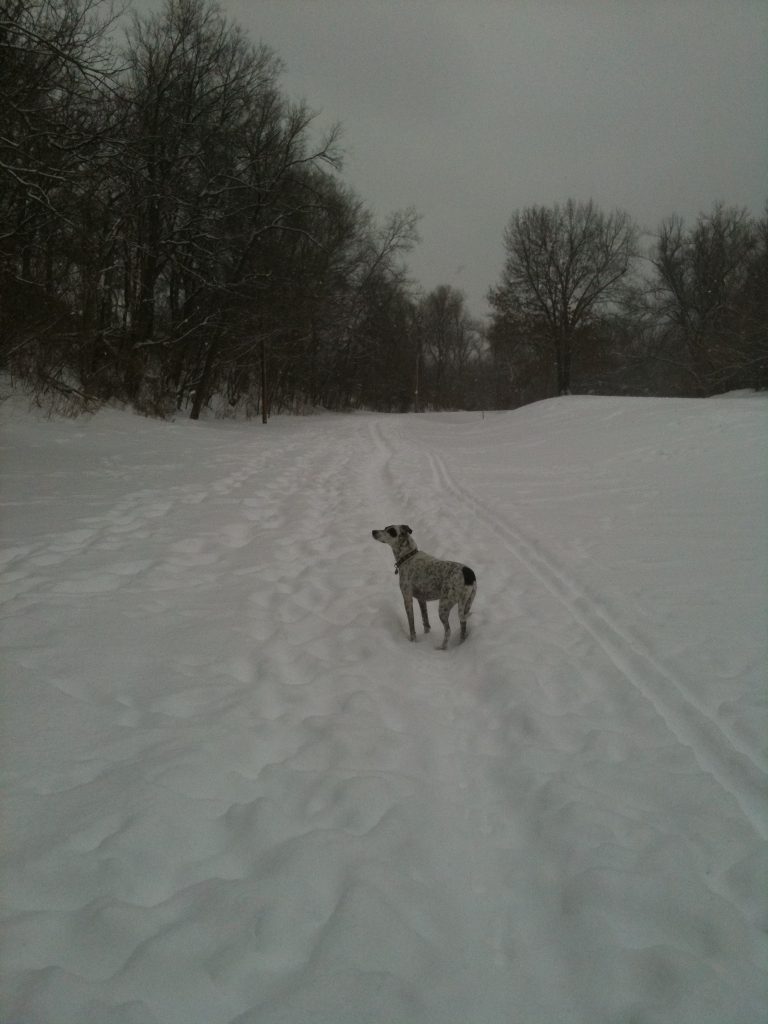
During those weeks, and in the months that followed, every time I took my dog out for a walk, I found myself transfixed by the sky. It was deep winter, and the days were short, but the sun was always doing majestic things behind the clouds when it was out. I took hundreds of pictures of it, golden and distant in the sky, and ached for the days to come, which I knew would be longer and warmer—and would, I prayed, bring me some relief.

That slow march from winter to spring was the longest I have ever known. I have never been more conscious of budding crocus or tender new stalks of grass, the harbingers of spring. But neither have I been so aware of the impact darkness has on my soul, and I poured that awareness into my book. The writing became for me what reading fantasy had so often been before: simultaneously a way to escape reality, and a lens to understand it better.
Part 2: The Journey
The book grew. I finished a draft. I revised. I shared with beta readers. I revised again. A year passed, and I felt it was ready to submit to agents. Since I’d had a handful of agents express interest in my next book when they passed on the last one, I submitted exclusively to them, and received quick, positive responses from all. I began to dare to hope that this book might actually find a home.
One by one, though, the rejections began to trickle in. All were kind, encouraging, and supportive, but each found a reason to pass on the manuscript. Finally I was down to one agent I hadn’t heard back from, but having received so much evidence that the book needed more work, I decided to email her and let her know I was planning on another round of revisions, just in case she was still considering it.
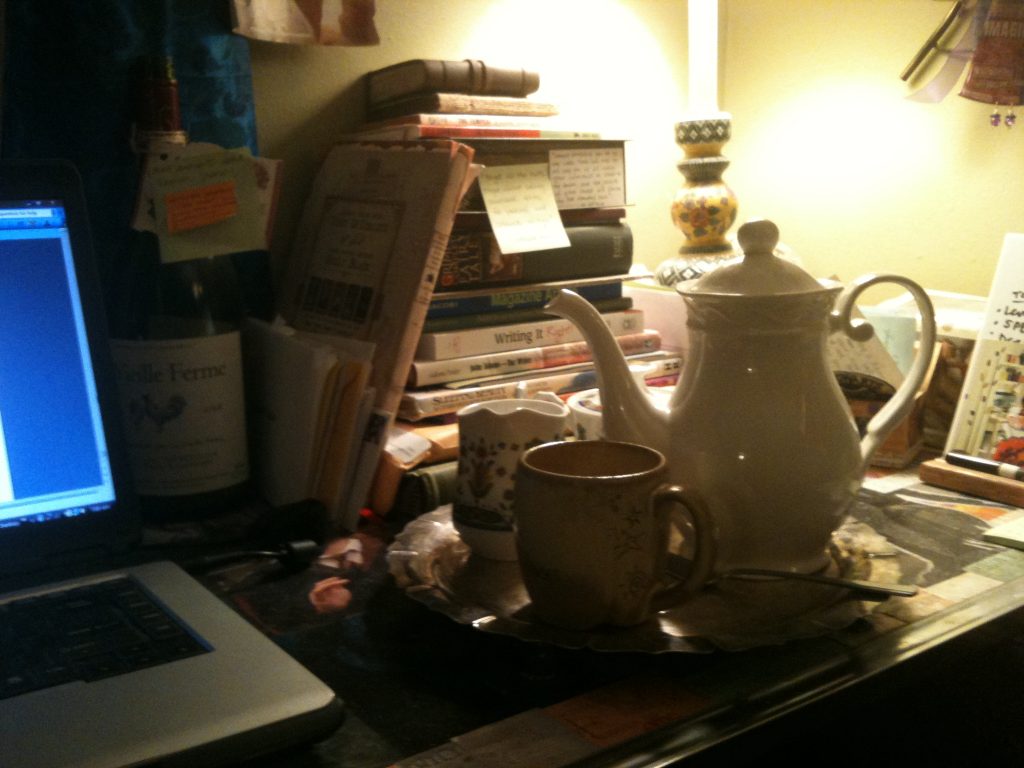
And she was! She told me she loved it, but saw some things that needed work, to such an extent that made her hesitant to offer representation. I enthusiastically promised to send her the revised manuscript as soon as it was finished, and went back to work on it.
The work proved long and deep. Two years long and deep, including a switch from third to first person point of view. By the time I had finished I felt it was better than anything I’d ever written before, but I knew I had taken a dangerously long time on it. All my fingers and toes crossed, I emailed the agent who had asked to see the manuscript after it was revised.
And learned that she had left the business.
I was devastated, not least because this meant that I was back to square one. I had no more invitations to submit new work, no more open doors to tap on. I would have to go all the way back to the beginning stages of researching and querying agents. Which I did, in the fall of 2014, nearly four years after I’d written the first draft. I queried wave after wave of agents, and received wave after wave of rejections (with varying levels of interest and excitement in between). And then, finally, in March of 2015, the tide turned. Someone made an offer of representation. The very next day, before I’d had time to email any of the reading agents to inform them, a different agent made an offer. By the end of the week I had four offers of representation from different agents, and a week later I had signed with one of them: Jenny Bent of the Bent Agency.

Part 3: Loss, Love, and Life
In all these moments of hope and fear and doubt and celebration, there was one person in particular whose encouragement I relied on more than anyone else’s: My dad. He consistently played the roll of Number One Fan in my life, whether by his daily texts to check on my anxiety levels, his easy way of making me laugh in any circumstance, or his stubborn, unflinching belief in my future as a published writer. On days of deepest anxiety I relied on my mom for comfort, but on my dad for hope. His strange way of combining empathy with offbeat humor was invaluable in every situation, and his deep conviction that a person’s occupational pursuits should follow passion rather than money was one of the major reasons I’d studied creative writing in college, rather than something more practical. (He himself was a hard-working artist, and had scraped a living for our family over the years by painting and selling ceramic tile gift products.) Every time I lamented the long road, or moaned that I would never be published, he would coolly reply, “It’ll happen. God gave you this passion for a reason. Now write, girl. Write!”
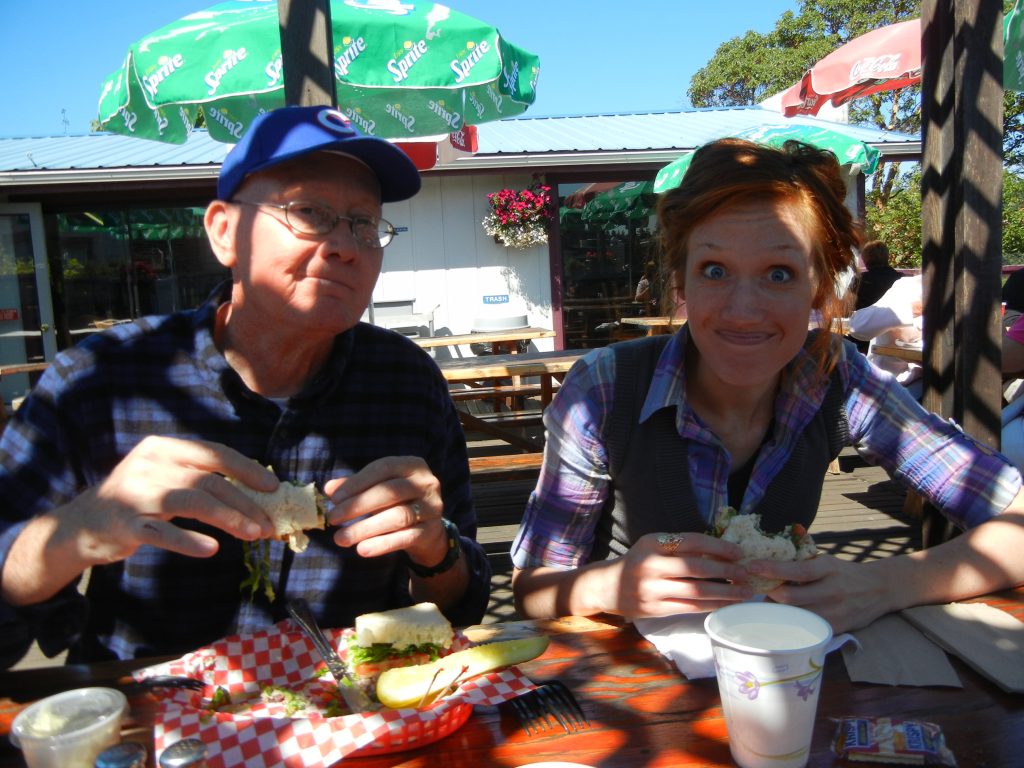
There was just one fly in the ointment for him, though. For almost fifteen years, he’d been dying of cancer.
It was a slow-moving beast, I’m grateful to say. But also patient and resilient. His cancer was the Greek monster Hydra, which grew two new heads every time you chopped one off. And the year I signed with my agent was the same year the monster started to win the fight.
Jenny offered representation in April of 2015. In May she sent me my edits, and I started in on the most brain-bending editorial work of my life. In early August my dad was admitted to the hospital for issues relating to his cancer. And on September 2nd, after a month there and two weeks in ICU, he left this world for the next, and my family and I left the hospital without him.

To say that I was flattened, grief-stricken, or bereaved (a word which literally means robbed, stripped, divested) would almost be understatement. Something they never tell you about losing a loved one is that grief impacts your ability to do normal things, like work, or concentrate on ordinary tasks. My job suffered (I paint mugs to sell on Etsy), and book edits were suddenly almost beyond my power to focus on. So as I processed and grieved and clawed my way slowly back toward a more normal state of mind, I also fought my way back into my edits. It took me nearly a year, but by June of 2016 I had finished the first, most strenuous round of revision, and sat back to wait for the next round.
The next set of notes arrived in November. Exactly eleven days before I started dating the man who would become my husband, and exactly a year and four days before I would marry him. So between falling in love, planning a wedding, and keeping myself financially afloat, it was another year+ before the second round of revisions was finished. One more round of smaller edits followed, and by November of 2018, my agent and I were both able to declare with satisfaction that the novel was ready to be sent on submission to publishers. And so in January of 2019, exactly eight years after the blizzard that saw the first draft written, my book went out to meet its destiny in the publishing world.
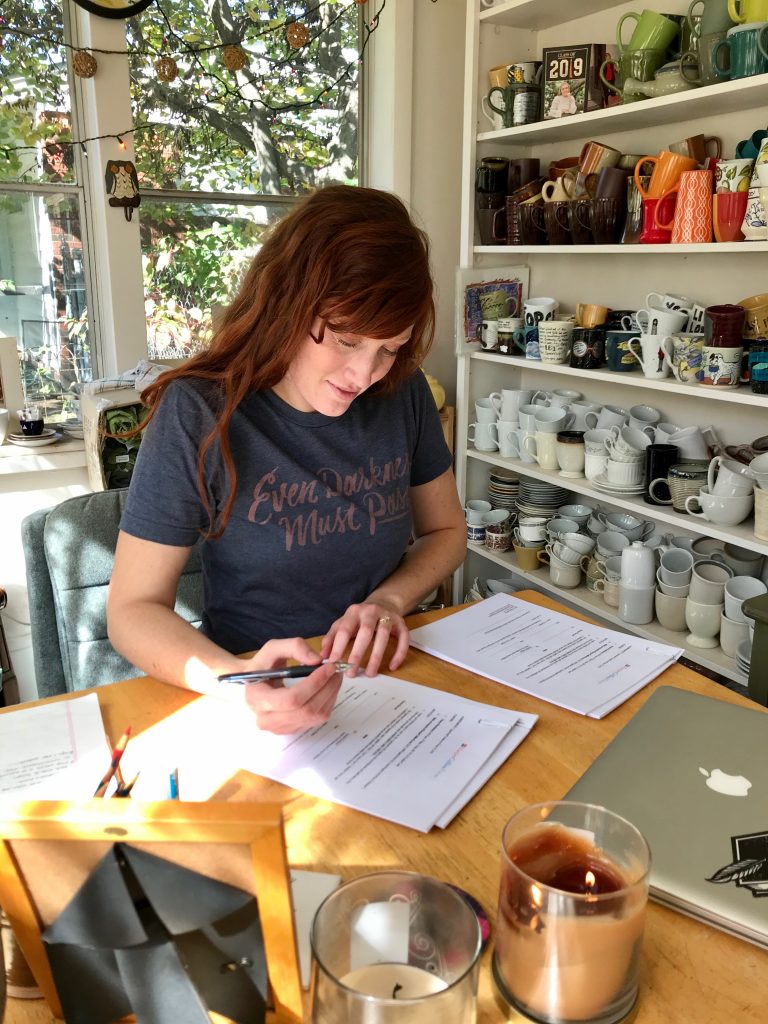
The documents on my computer testify to more than sixteen revisions, with a final one underway for my publisher. This book has seen me through the deepest pits of anxiety and depression, and out into the sunlight of mental health once again; it has been considered, rejected, and finally loved by countless agents and editors; it has absorbed into itself the heartbeats of deep grief and great love. And now, finally, it is leaving my ownership and passing into yours.
I can’t wait for you to read it.
